|
HOLY CROSS INTERNATIONAL FOOD FAIR The Holy Cross Food Fair last month was an amazing celebration of the nationalities that make up our very multicultural parish. Held on a Friday night, it was an ideal time for families to come together for a celebratory meal. With over eight different national dishes there was a lot to choose from. There were raffles and other fun entertainment making it a great carnival. Holy Cross Dollars were on sale. These dollars became the currency for the night. Principal Celeste Hastings has recently returned from sabbatical. For her it was a wonderful occasion that showed what a vibrant and sharing community we live in. Fr Ephrem started his meal at the Indian food stand with a samosa but was up for the challenge to try all the other food on offer. He commented that the event made him enormously proud of the parish. We are a parish that is evolving and as we evolve one of the most exciting opportunities is to celebrate our different traditions and cultures. With a little help from Wikipedia here are the basics of what we need to know about some of our parish traditions. Chinese The Catholic Church in China (called Tiānzhǔ Jiào, 天主教, literally, "Religion of the Lord of Heaven", after the term for God traditionally used in Chinese by Catholics) has a long and complicated history. Christianity has existed in China in various forms since at least the Tang Dynasty in the 8th century AD. Following the 1949 takeover by the Communist Party of China, Catholic and Protestant missionaries were expelled from the country, and the religion was vilified as a manifestation of western imperialism. In 1957, the Chinese government established the Chinese Patriotic Catholic Association, which rejected the authority of the Holy See and appointed its own bishops. But, times are changing and the hand of friendship has been extended. Since September 2018, the Papacy has had the power to veto any Bishop which China recommends. There is hope for normalisation. Vietnamese The first Catholic missionaries visited Vietnam from Portugal at the beginning of the 16th century. The earliest missions did not get big numbers to baptism. At the time of the arrival of Jesuits in the first decades of the 17th century Christianity was beginning to establish its position within the local population. These earliest missionaries were Italians, Portuguese, and Japanese. Between 1627-30, Alexandre de Rhodes and Antoine Marquez, priests from the region of Provence in France, converted more than 6,000 people. Vietnam now has the fifth largest Catholic Ethiopian Around the year 341 A.D., Saint Frumentius was consecrated the first Bishop of Ethiopia by the great Saint Athanasius, Patriarch of Alexandria, who was in union with the Bishop of Rome. Like the other Eastern Catholic Churches, the Ethiopian Catholic Church is in full communion with the Holy See. It holds the Christological doctrine of the Council of Chalcedon and accepts the universal jurisdiction of the Pope. The Ethiopian Catholic Church, is especially close to the Ethiopian Orthodox Tewahedo Church, whose doctrine and liturgical tradition it shares. While separated by their understanding of the primacy of the Bishop of Rome, the Ethiopian Catholic and Orthodox Churches have basically the same sacraments and liturgy. Lebonese Muslim and Christian communities have coexisted in Lebanon for centuries. Cohabitation was sanctioned by a National Pact in 1943, which created a democracy based on religious communities. The country became a good example of religious and ethnic coexistence. But that lasted only a few decades. The larger communities, Christian and Muslim, were disturbed by the long Lebanese Civil War that raged between 1975 and 1990. The Catholic segment of the population has fallen from around 43 percent in the 1960s to around 27 percent today. Assyrian The local Chaldean Catholic Church traces its beginnings to the Church of the East, which it considers to have been founded between the 1st and 3rd centuries in Asōristān, a province of the Sasanian Empire. In the 5th century BC, this region was the birthplace of the Syriac language and Syriac script, both of which remain important within all strands of Syriac Christianity as a liturgical language, similar to how Latin or Koine Greek may be used in the Latin Church or Greek Orthodoxy. The Church of the East was considered an Apostolic church established by Thomas the Apostle, Thaddeus of Edessa, and Bartholomew the Apostle. Saint Peter, chief of the apostles, added his blessing to the Church of the East at the time of his visit to the See at Babylon in the earliest days of the church when stating, "The elect church which is in Babylon, salutes you; and Mark, my son." (1 Peter 5:13). A recent development in the Chaldean Catholic Church has been the creation in 2006 of the Eparchy of Oceania, with the title of 'St Thomas the Apostle of Sydney of the Chaldeans'. This jurisdiction includes the Chaldean Catholic communities of Australia and New Zealand, and the first Bishop, named by Pope Benedict XVI on 21 October 2006, is Archbishop Djibrail (Jibrail) Kassab, until this date, Archbishop of Bassorah in Iraq. Samoan Christian sailors had been visiting Samoa from the late 18th century, and had been teaching Christianity and some locals had converted. In 1830, the London Missionary Society arrived at Sapapalii. In 1836 Pope Gregory XVI commissioned the Marist Fathers to bring Catholicism to the Western Pacific and missionaries from this French religious institute arrived in Samoa in 1845. In 1848, the first version of the New Testament was printed in the Samoan language, followed by a Samoan version of the Old Testament in 1855. Catholics and Protestants competed for converts amidst a backdrop of Imperial rivalries between Catholic France and Protestant Britain. Christianity took firm root in the islands and attendance at Church on Sundays is high. Tongan The conversion to Christianity of King George Tupou I, who was the political architect of modern Tonga, had a great influence on the religious life of the Polynesian nation. Of note, the last of the Tu'i Tonga line of Tongan Kings was Catholic. This is cited as being the reason that Lapaha in Mu'a, the former capital of the Tu'i Tongan Empire, is Catholic in contrast to neighbouring Tatakamotonga, which is predominantly Methodist. Tonga sent a delegation of young people for the first time to World Youth Day 2008 when it was held in Sydney, Australia. There is no official state religion in Tonga, but around 90% of Tongans are Christian, including around 60% Protestant and 16% Catholic. The constitution declared Sabbath a holy day and the law restricts activities on Sundays. The Catholic Church in Tonga has accepted and included Tongan culture. As in other countries, the Catholic Church runs schooling and social services in Tonga. On 4 January Indian Christianity reached India in AD 52 when Thomas the Apostle reached Muziris in Malabar Coast presently called as the state of Kerala. He preached Christianity in Eastern and Western coasts of India. These Saint Thomas Christians are known as Nasrani, which is a Syriac term meaning Follower of the Nazarene Jesus. The Christian community in India later came under the jurisdiction of Bishops from Persia. Historians estimate this date to be around fourth century. As a result, they inherited East Syriac liturgy and traditions of Persia. Later, when the Western missionaries reached India, they accused this community of practicing Nestorianism, a heresy that separates Christ's divinity from his human nature. However, many historians have rejected that the community was Nestorian and assert that this community was indeed practicing the Catholic faith in East Syriac traditions, before the arrival of European missionaries. Today, the continuity of this early Christian community is found in the Syro-Malabar Catholic Church, an Oriental Church in communion with Catholic Church, following East Syriac traditions. There are over 19.9 million Catholics in India, which represents around 1.55% of the total population. The Catholic Church is the largest Christian church within India. Hot Chips While neither a country nor a particular Christian tradition. It was noticed at the Food Fair that the hot chips stand was the most popular. Could hot chips with tomato sauce be the true international food and a possible standard for the universal church? NEW VINNIES GROUP St Anthony’s School has recently started up a Young Vinnies group for Years 5-8 students. The group of 11 students, led by Miss Lucy Williams our Year 1/2 teacher and Theo Kane Year 8 student leader, has already shown huge enthusiasm and have many ideas on how they can support their community through service. Last term the Young Vinnies members held a can food drive which they were able to donate to the St Vincent de Paul office in Newtown. The students are looking forward to the donations and service they can provide in Term 4, especially with Christmas approaching. The students are planning a trip to the Vincentian Home in December to sing to those who reside there.
2 Comments
31/1/2020 12:29:47 am
I love that there are blogs that have food for thought. I am of the understanding that people just have no idea what life is all about. I mean, sure, there is no real meaning to life, but that does not mean that it is random. I feel like there are things that we might know, that is for sure. If you want to go and learn more about life, then reading this blog is what will help you do it.
Reply
30/11/2023 11:15:48 am
What is eyebrow hanging by stitching?
Reply
Leave a Reply. |
SHARINGIf you have news and views to share please email them to: [email protected] Archives
December 2018
Categories |
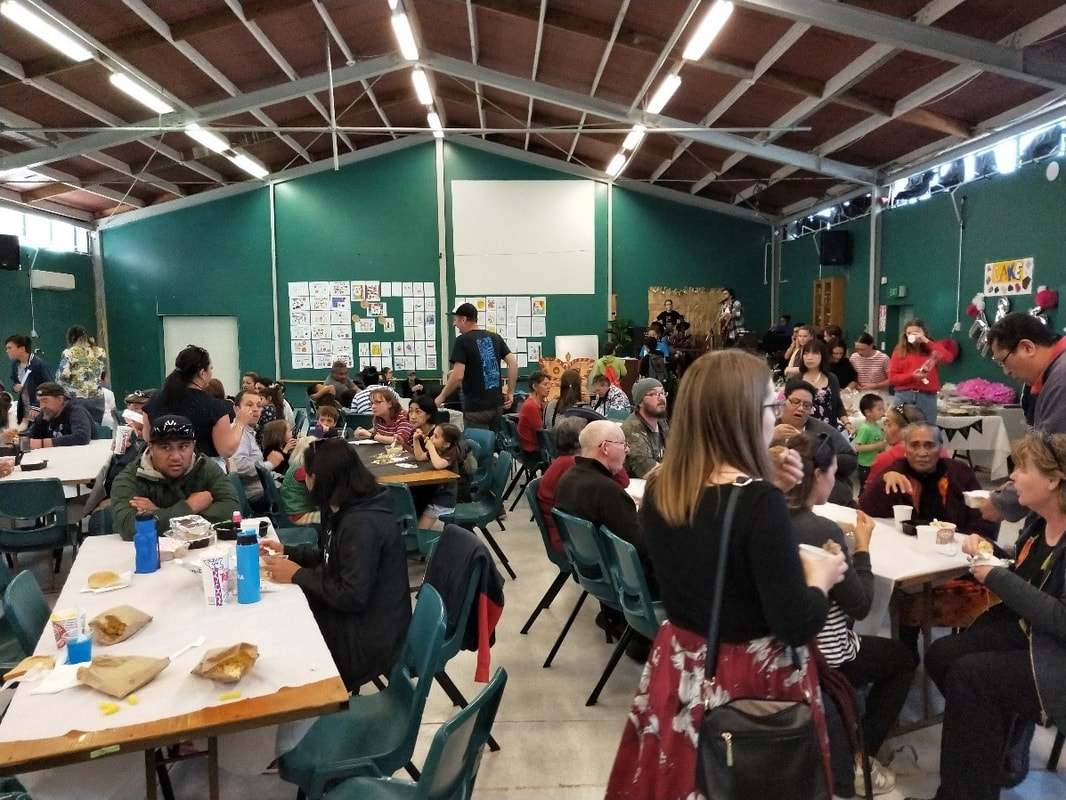
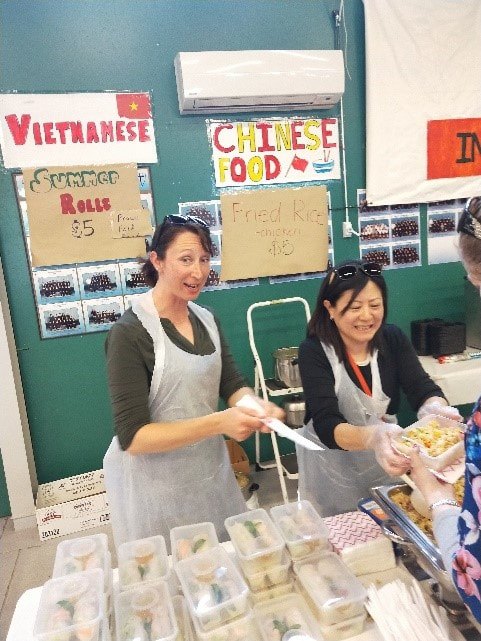
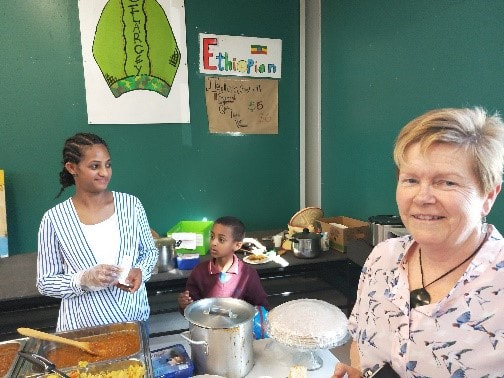
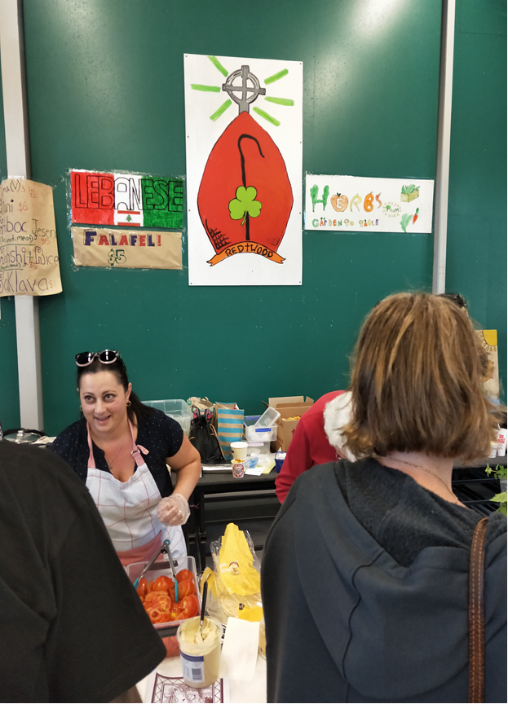
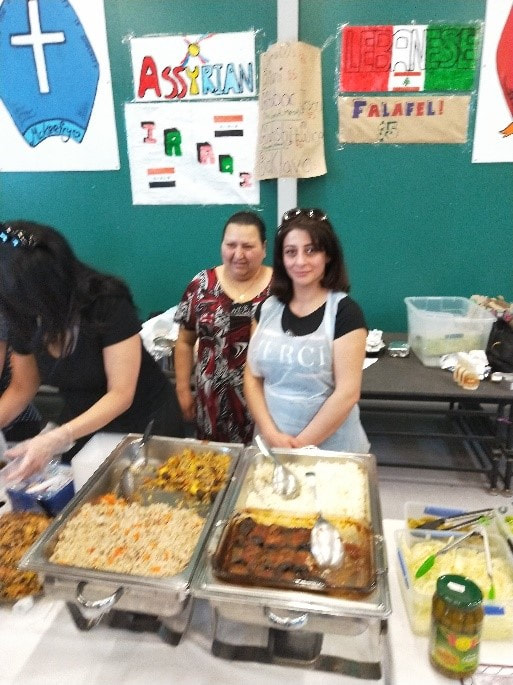
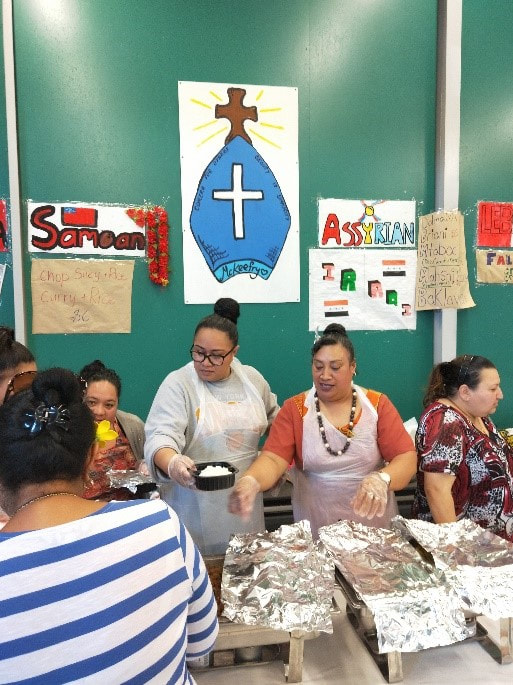
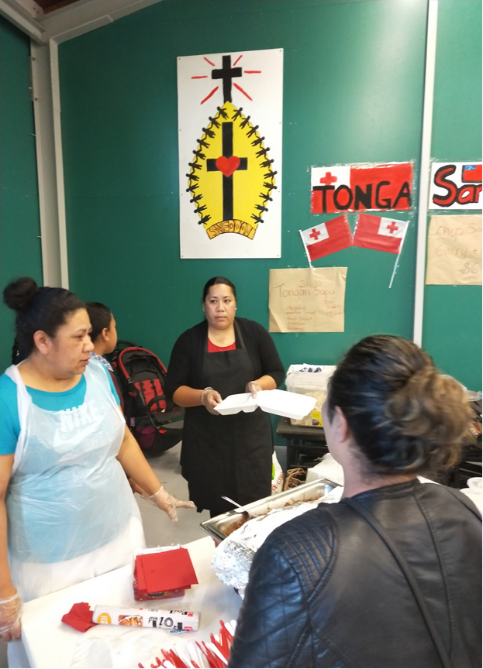
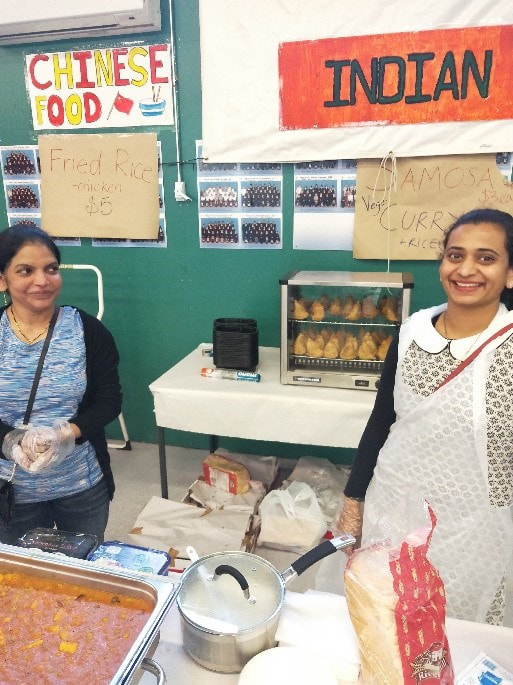
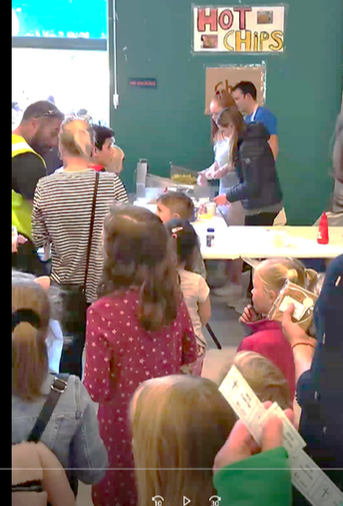

 RSS Feed
RSS Feed